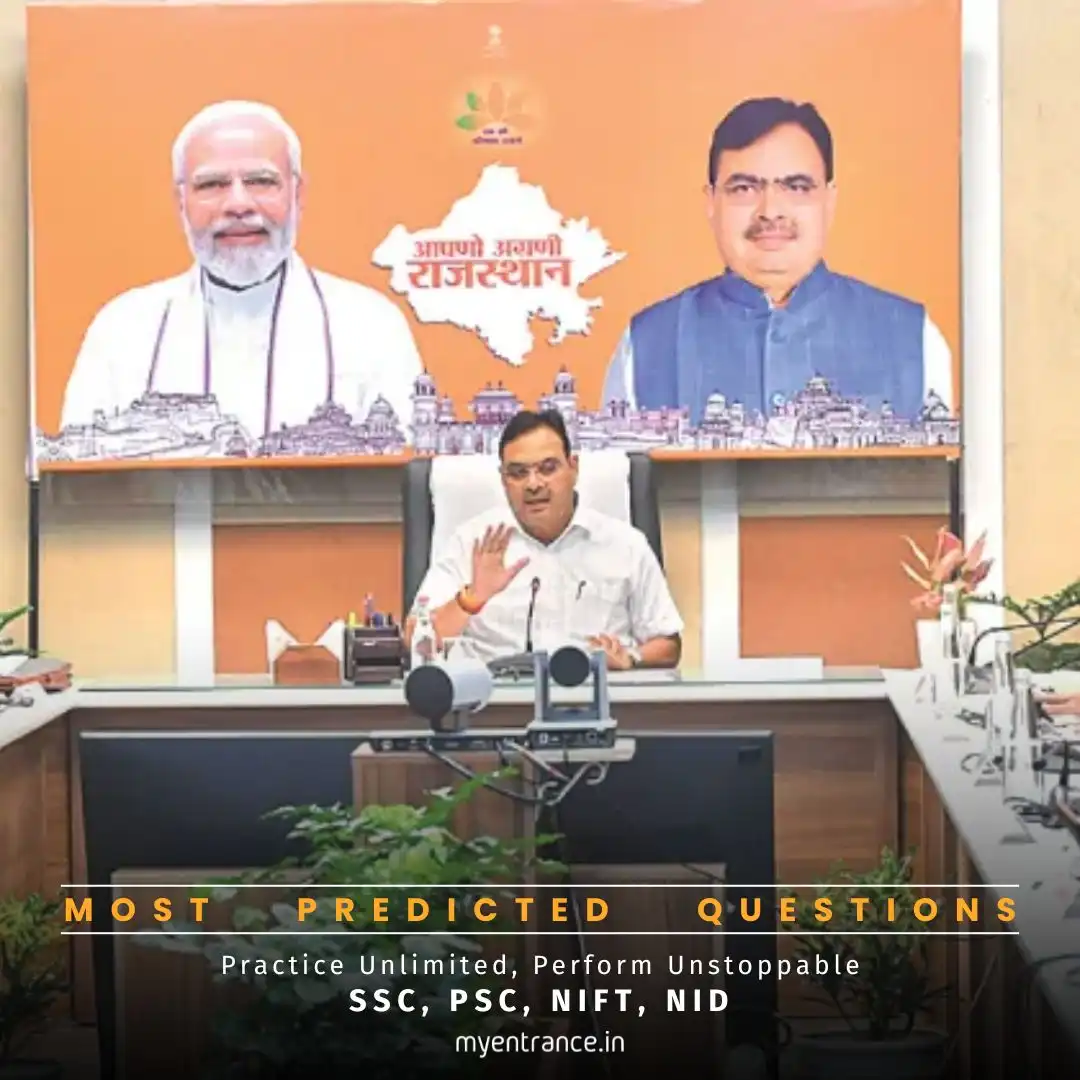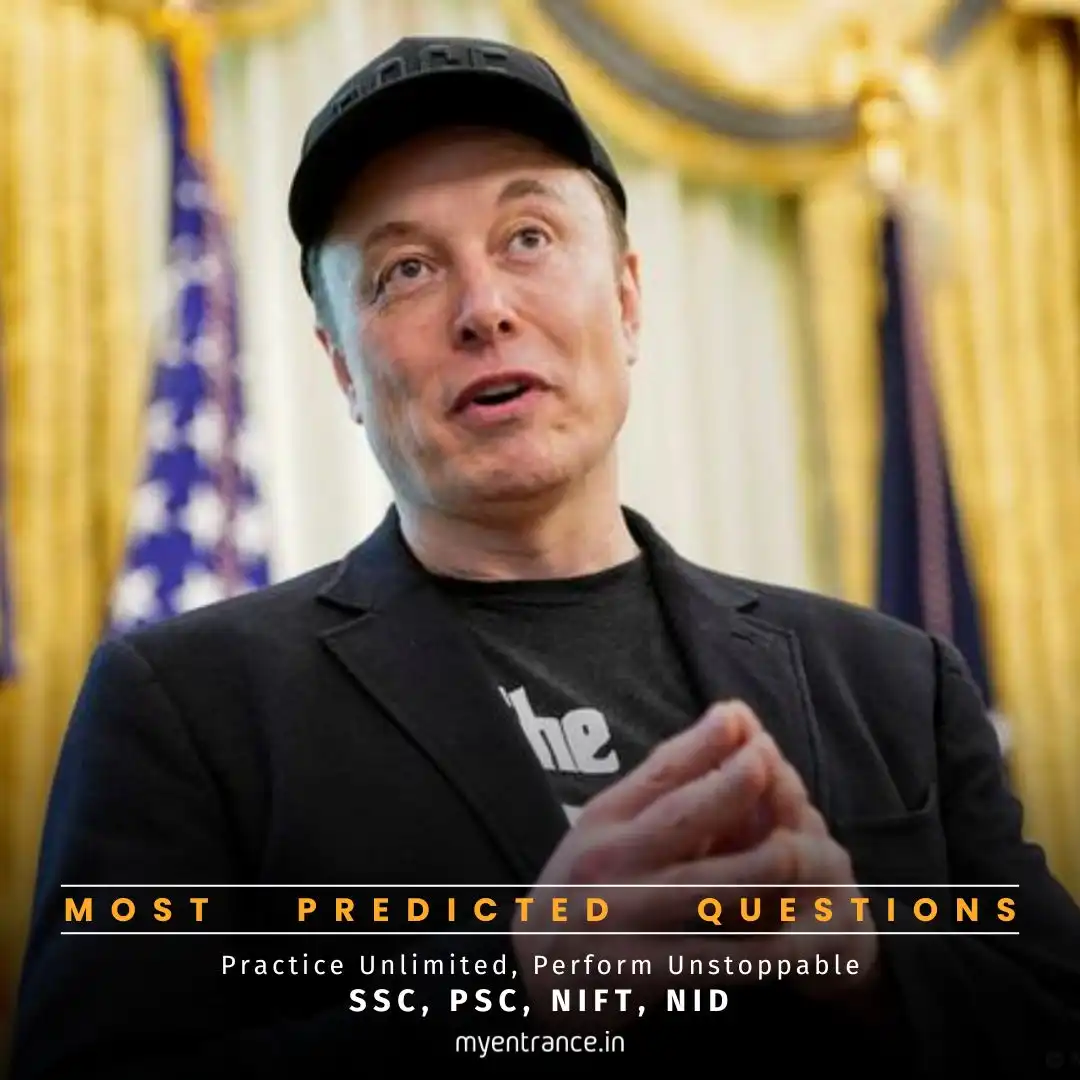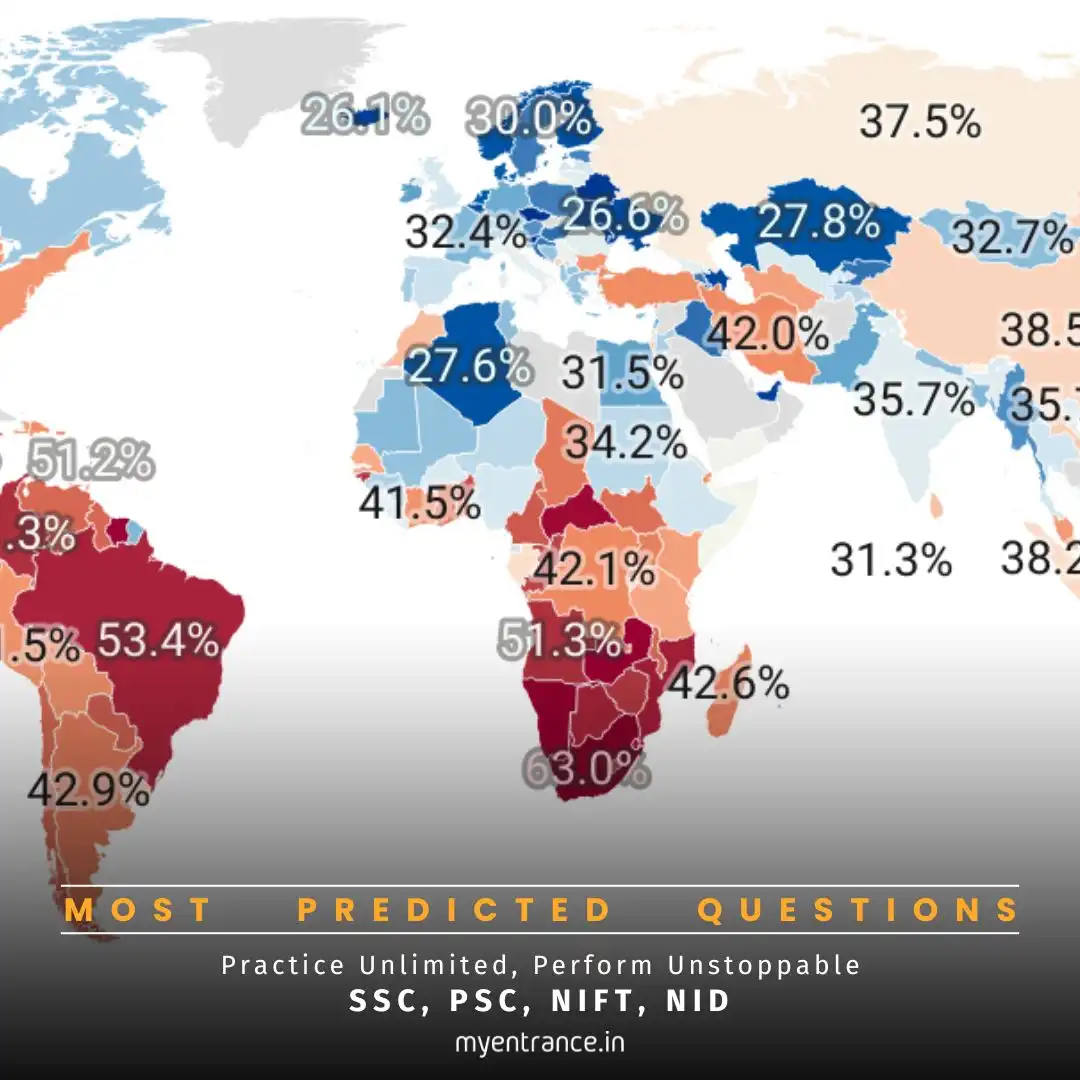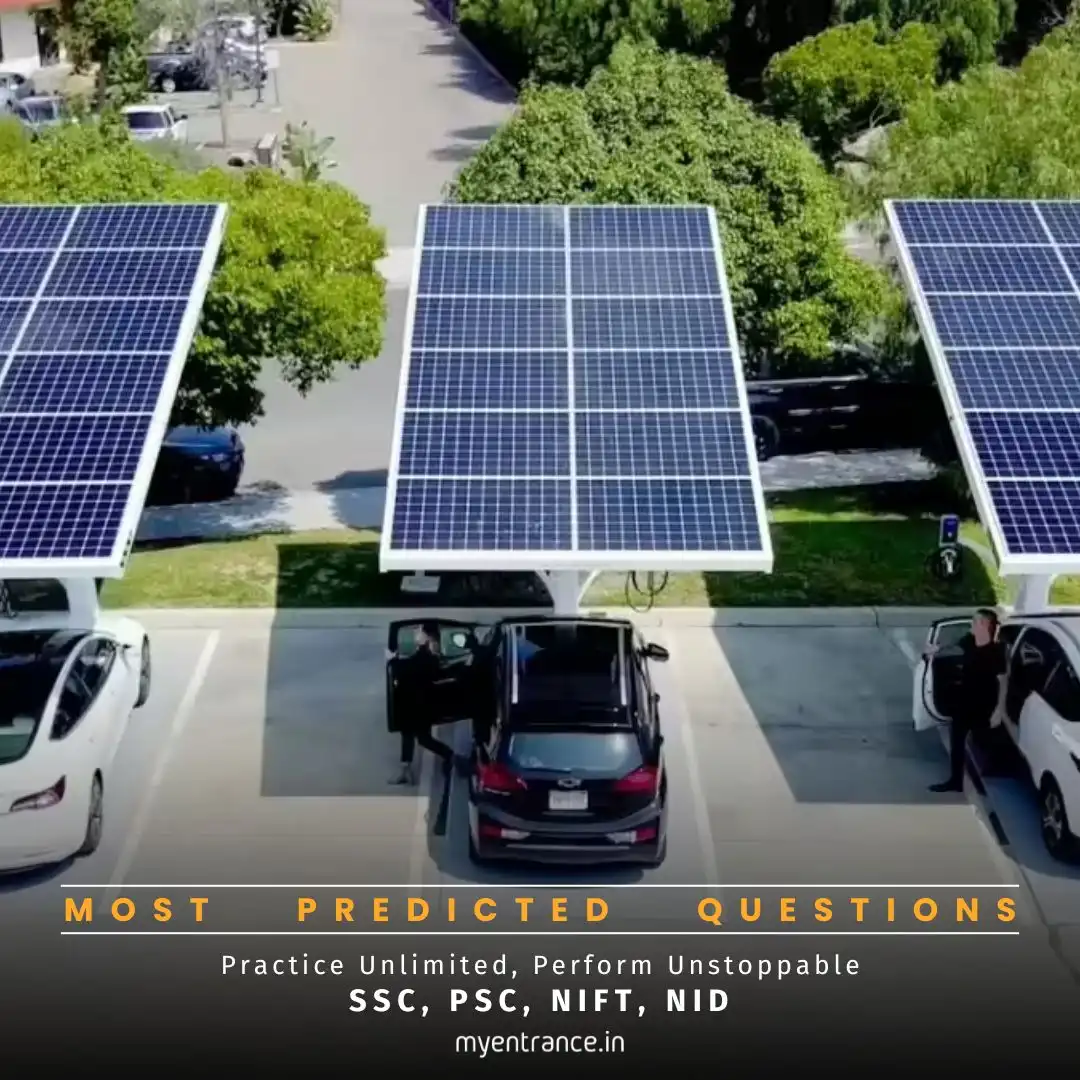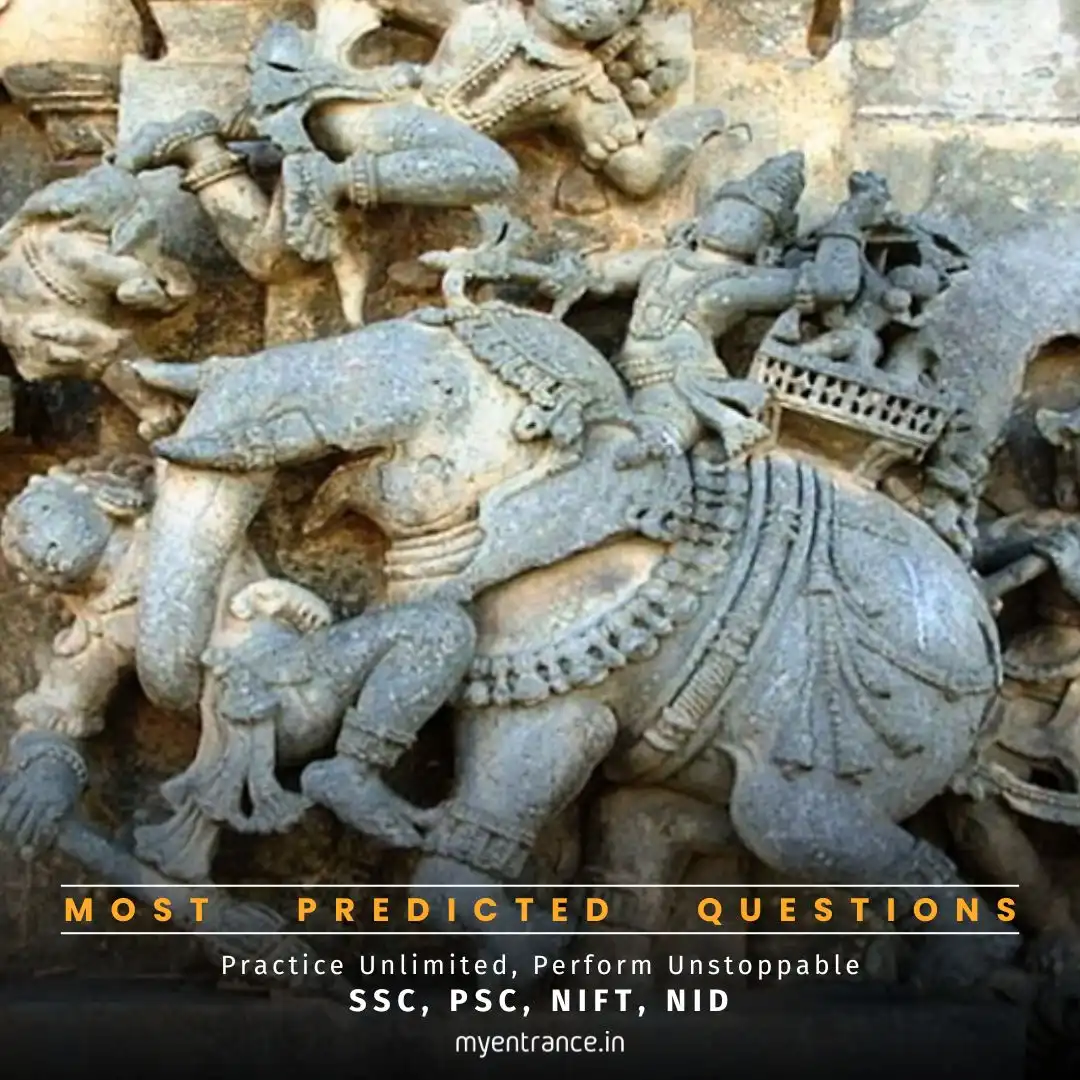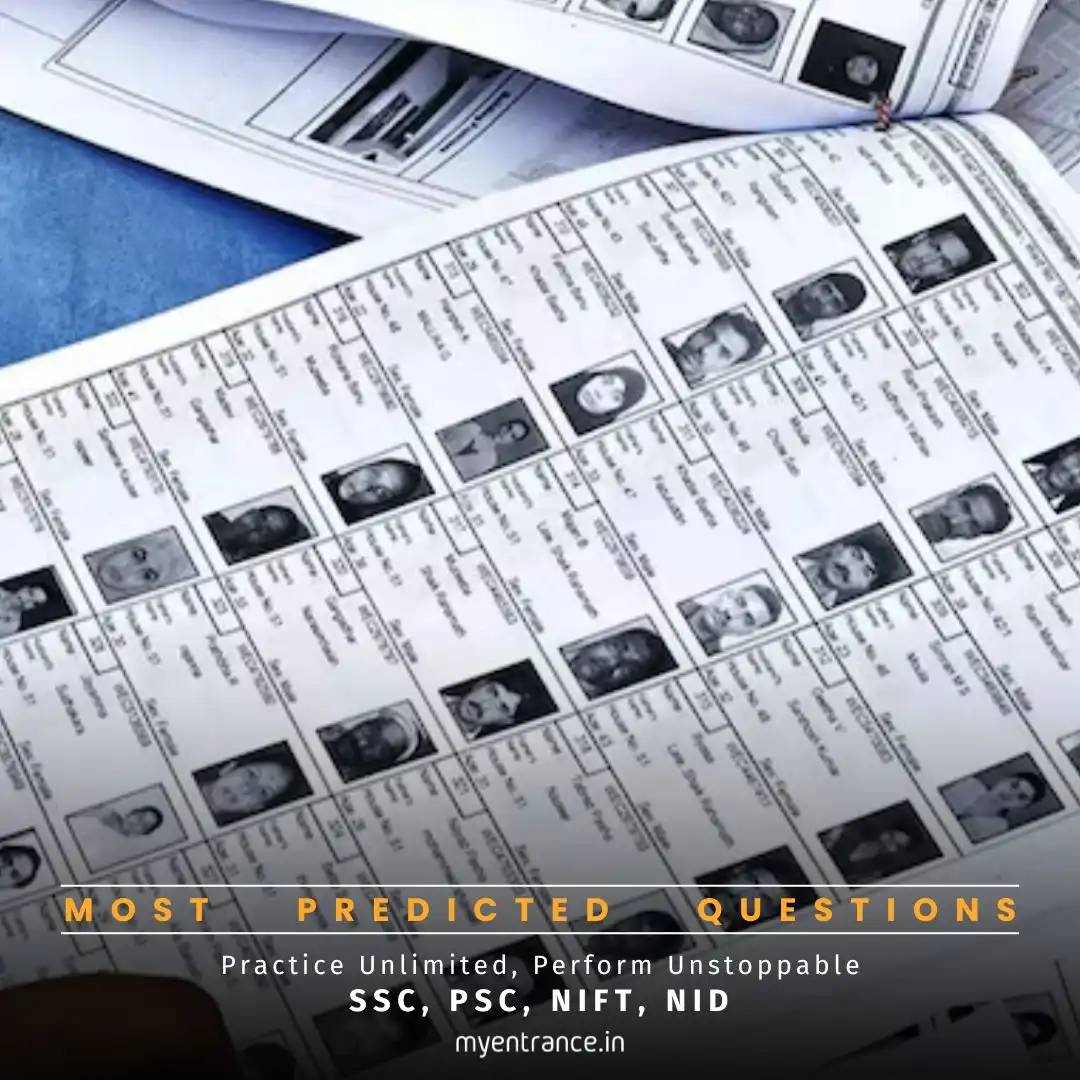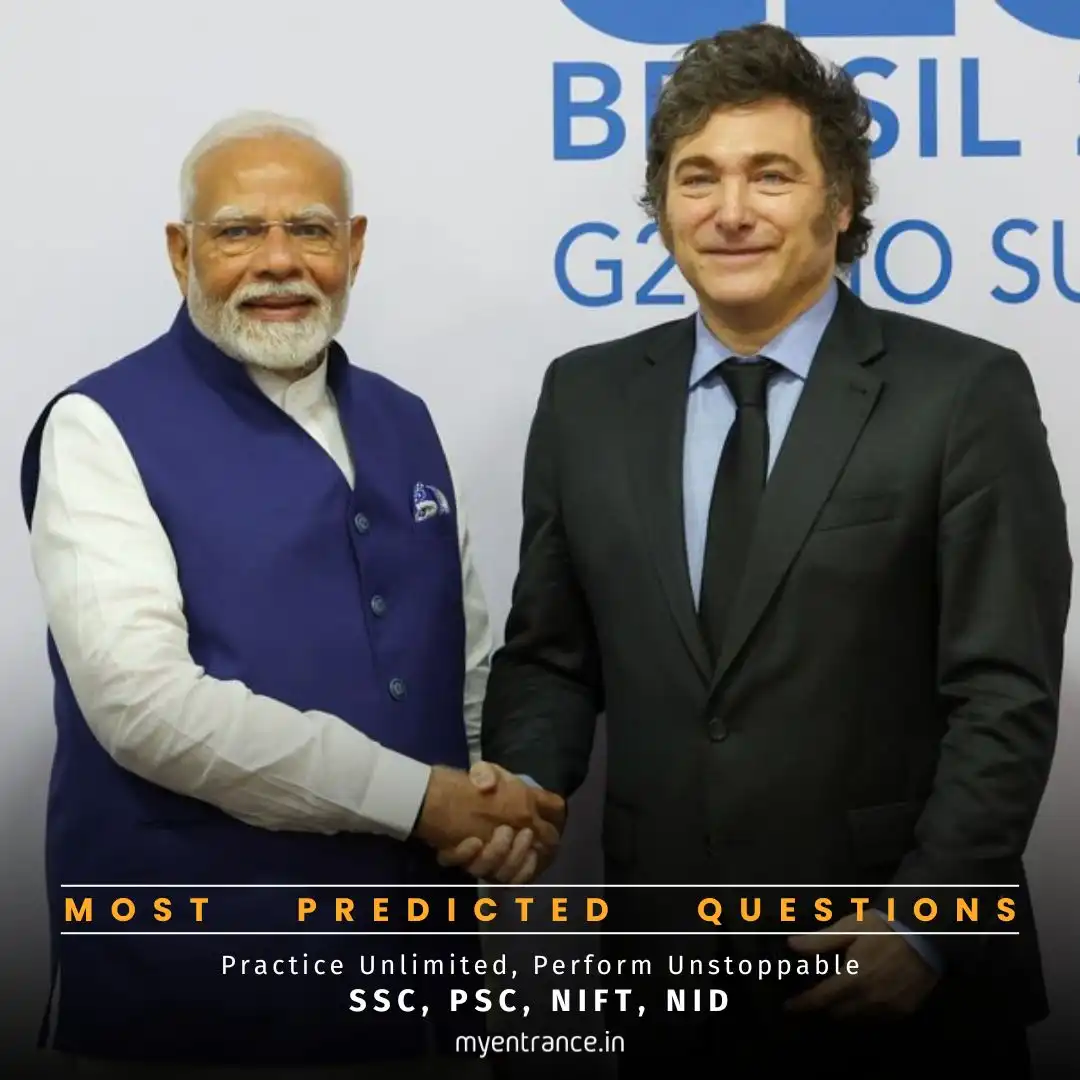Select Language
Could India’s WTO Move on US Auto Tariffs Derail Trade Talks?
India has formally reserved its rights at the World Trade Organisation (WTO) to impose retaliatory tariffs on the US. This move responds to US tariffs on Indian auto parts but is framed as a standard WTO procedure. Crucially, officials state this step won’t derail ongoing negotiations for a major bilateral trade agreement.
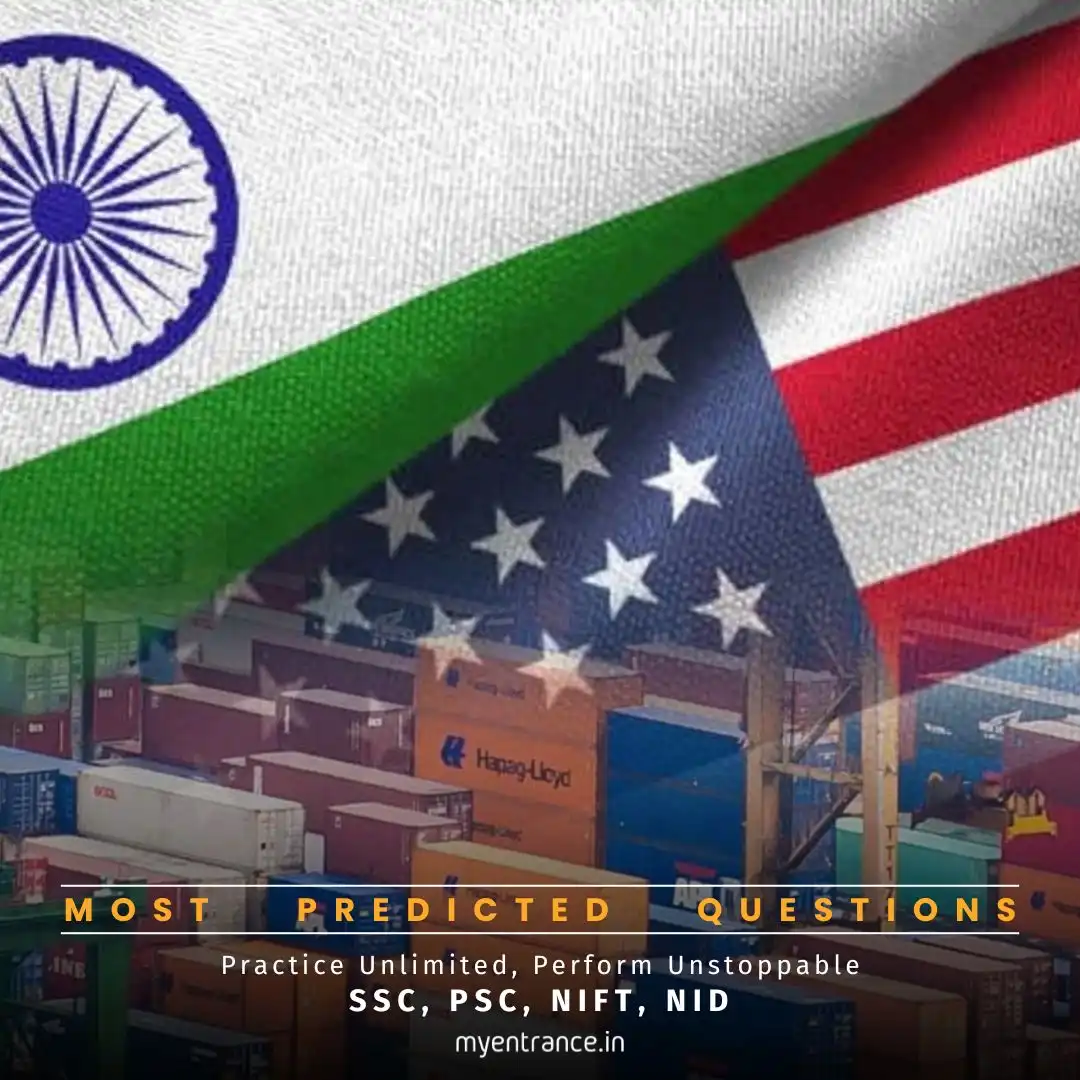
The recent headlines about India threatening tariffs against the US might sound alarming, but there’s more nuance than meets the eye. Here’s the breakdown crucial for your exam prep:
The Trigger: Back in March 2025, the US imposed a significant 25% tariff on imported automobiles and certain auto parts (including those from India). They did this using Section 232 of their 1974 Trade Expansion Act, citing national security concerns.
India’s Response (The WTO Route): India didn’t immediately retaliate. Instead, it treated the US action as a “safeguard measure” under WTO rules. Following the established procedure:
India first initiated consultations with the US within the WTO framework.
After the mandatory 30-day consultation period ended without resolution, India took the next procedural step.
Reserving Rights, Not Firing Shots: On July 5th, India formally notified the WTO that it reserves the right to suspend trade concessions to the US. This means India is signalling it could impose higher tariffs on selected US goods imported into India. The value of this retaliation would be equivalent to the damage caused by the US tariffs on Indian auto parts.
Official Stance: It’s Procedural, Not Hostile: Indian officials are keen to emphasize this is not an escalation meant to kill the trade talks. They describe it purely as following the rulebook laid out in the WTO’s Agreement on Safeguards. Both countries are signatories to this agreement, which explicitly allows affected members (like India) this right when another member (like the US) imposes safeguard tariffs.
The Bigger Picture – The Trade Deal: Despite this WTO action, negotiations for a crucial Bilateral Trade Agreement (BTA) between India and the US continue. The ambitious goal? To more than double their current $191 billion trade volume to a whopping $500 billion by 2030. Both sides are reportedly aiming to conclude the first phase of this deal by Fall 2025 (September-October).
Why is this Important for Exams (SSC, PSC, UPSC, Design Entrances like NID/NIFT/FDDI)?
This news touches multiple layers vital for competitive exams:
Current Affairs (Prelims & Mains): A high-profile international economic dispute involving India, the US, and the WTO is prime current affairs fodder.
International Relations (GS-II): Tests understanding of India-US relations dynamics, challenges in trade negotiations, and the role of multilateral institutions like the WTO.
Indian Economy (GS-III): Examines the impact of global trade policies (like US tariffs) on India’s export sectors (auto parts here) and India’s strategic responses. It highlights issues of protectionism and trade liberalization.
International Organisations: Core knowledge about the WTO, its agreements (especially the Agreement on Safeguards), and its dispute settlement mechanism is essential.
Analytical Skills: Requires analyzing whether procedural moves signal deeper conflict or are just diplomatic tools within complex negotiations.
Sample Questions & Answers for Your Exam Prep:
Q (Prelims Style): India recently reserved its right at the WTO to impose retaliatory tariffs on the US primarily in response to US tariffs on which Indian exports?
A: Auto parts and components.
Q (Mains – GS II/III): What is the significance of India invoking the WTO Agreement on Safeguards in its dispute with the US over auto tariffs? Does this automatically signify a breakdown in bilateral trade talks?
A: Invoking the WTO Agreement on Safeguards signifies India is using established multilateral rules to challenge what it sees as an unfair trade barrier. It provides a legal framework for seeking redressal. Importantly, no, this is primarily a procedural step within the WTO system. Indian officials explicitly state this action is not intended to derail the ongoing bilateral trade agreement (BTA) negotiations, which are proceeding separately.
Q (Factual Recall): Under which US law were the tariffs on auto parts (triggering this dispute) imposed?
A: Section 232 of the US Trade Expansion Act, 1974 (citing national security).
Q (Analytical – Mains): Critically examine the effectiveness of the WTO’s dispute settlement mechanism in resolving trade conflicts between major economies like India and the US, using the current auto tariffs case as an example.
A (Key Points): Effectiveness: Provides a rules-based forum, prevents unilateral retaliation chaos, establishes due process (consultation, panel rulings). Criticism in this case: The process is often slow (India’s move comes months after US action). The US has historically questioned WTO rulings it disagrees with. While the mechanism allows India to “reserve rights,” actual imposition of retaliatory tariffs and final resolution can take years, creating prolonged uncertainty for businesses. It highlights tensions between national policy (US ‘national security’ claim) and WTO rules.
Q (Link to Bilateral Goals): What is the stated target for India-US bilateral trade by 2030, as per ongoing negotiations?
A: $500 billion (more than double the current ~$191 billion).
Get 3 Months Free Access for SSC, PSC, NIFT & NID
Boost your exam prep!
Use offer code WELCOME28 to get 3 months free subscription. Start preparing today!
